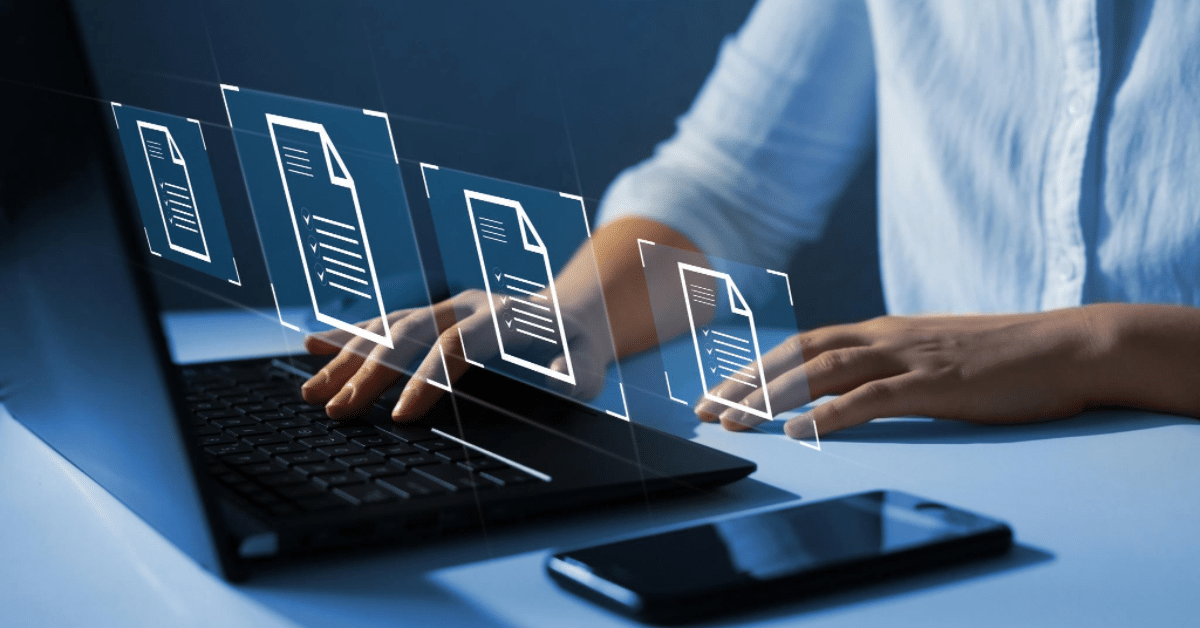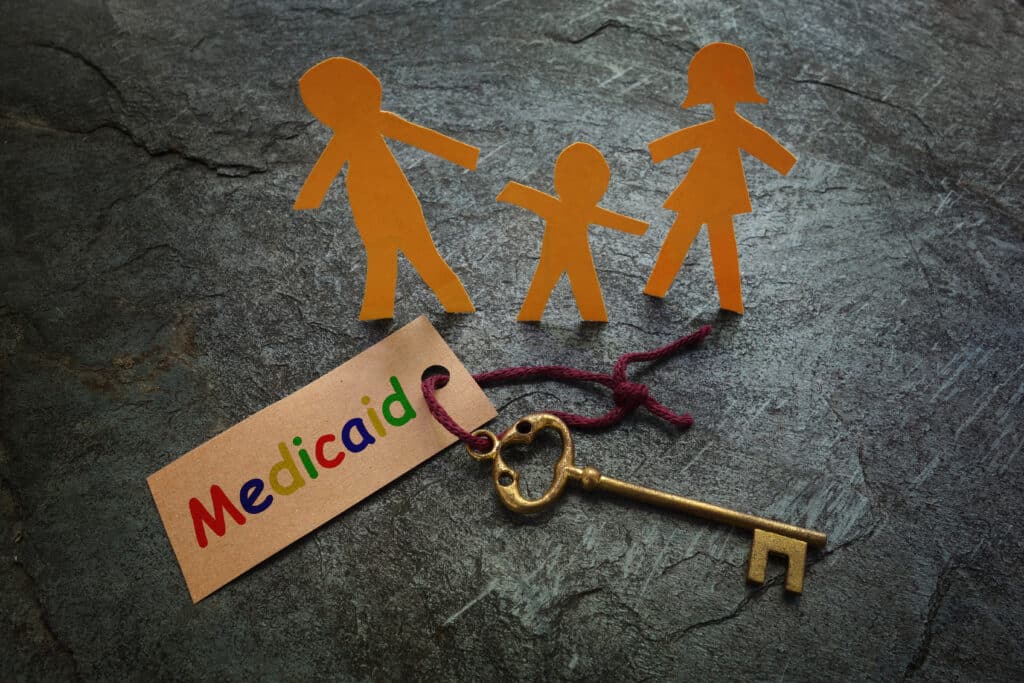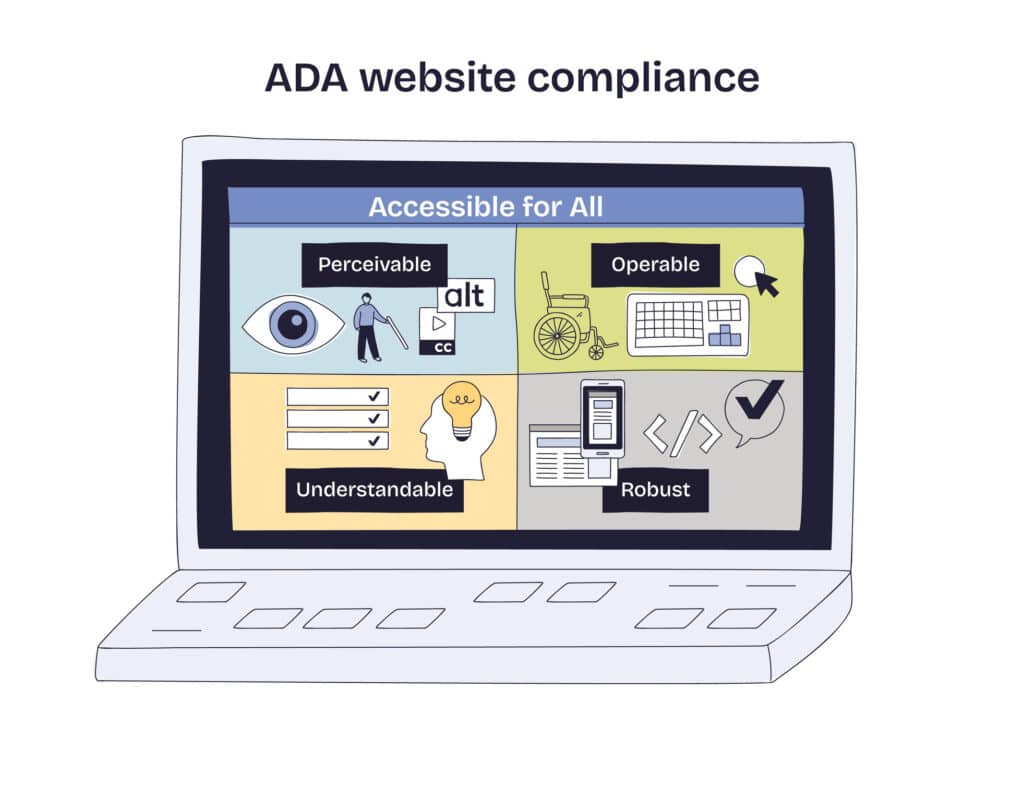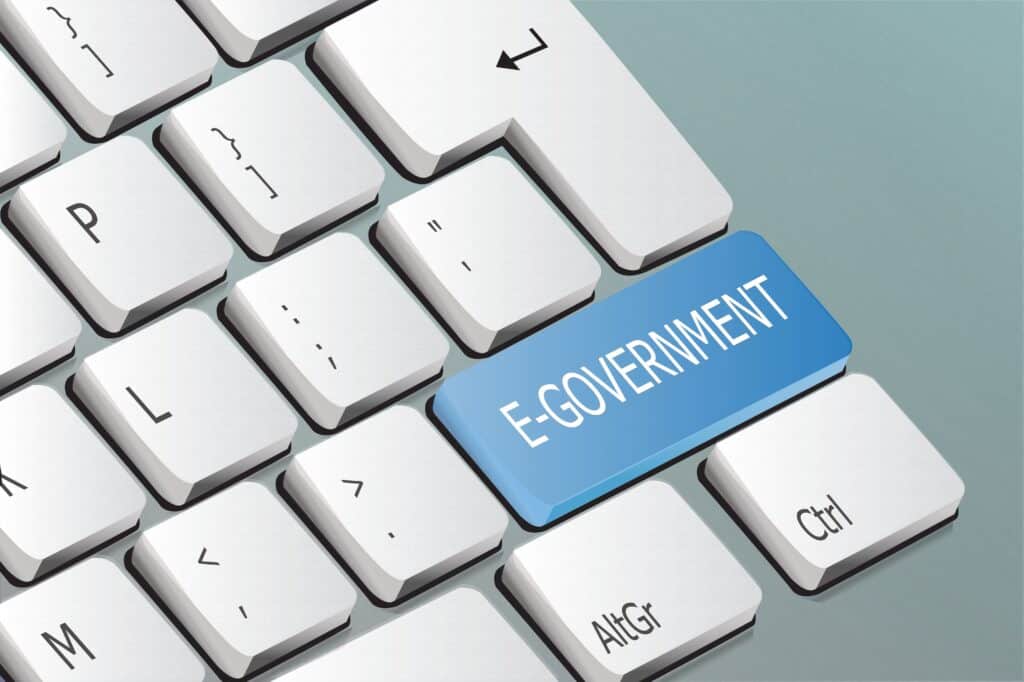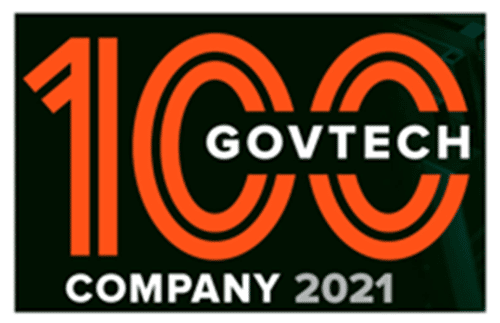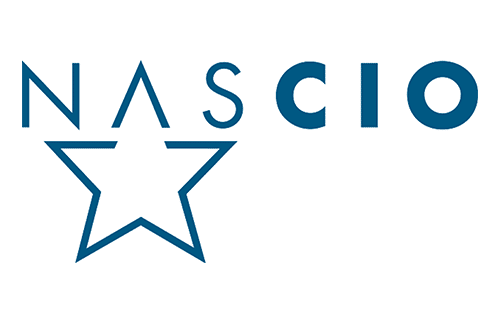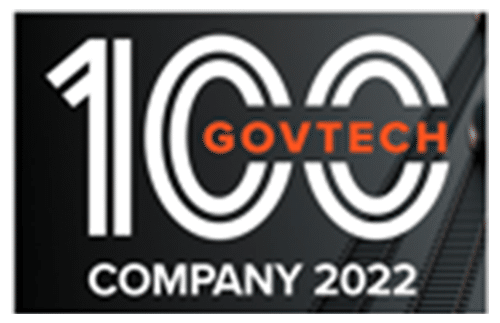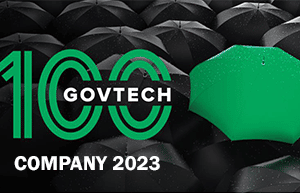Partially digital processes inspire frustration among citizens the world over. This idea refers to anything that combines a technological and manual (“IRL”) component within the same workflow.
Think about a time you completed an extensive online form only to be asked on the final page to print your results and bring them to a physical address? Or download, sign, and fax back?
If this gets you thinking: my organization is guilty of committing this modern-day faux pas. Well, you wouldn’t be alone.
“Over one third of citizens have experienced services that are nominally ‘digitized’ but still require at least one offline component (such as a paper form, phone call or in-person visit).”adership to take the leap and apply new technologies in innovative ways to solve mission-critical government challenges.
Partially digital experiences seem to be disproportionately found in government and adjacent organizations. Many governments in the UK and US have only partially digitized just a portion of their citizen-facing processes.
The study then infers that citizen engagement and satisfaction would rise significantly if digital public services were consistently easier to use. Citizens now expect the same intuitive User Experience they’d find on their favorite website or app.
The good news is there’s an abundance of solutions that can keep practically any process fully digital. Governments can drive up satisfaction and adoption of their offerings by leveraging the tools that make fully digitized processes the norm.
Where do I sign?
A major culprit contributing to partially digitized processes is the signature. I’m sure we’ve all been faced with this particularly frustrating task: Getting a signature onto a digital page or form.
Using a .pdf software can be confusing, complicated, and not mobile friendly.
The solution is to completely digitize and streamline these workflows, delivering a seamless experience with a single touchpoint in which citizens can take all necessary actions to complete their task — no printing, no wet signatures, fewer headaches.
eSignature is a big component of such an evolution. But the right solution is one that doesn’t subject the government agency or department to variable or unpredictable per-use costs. This is the sticking point for many state and local governments looking to introduce eSignature, since these per-use costs – when scaled up to represent an entire constituency – can kill the conversation before it even begins. Some solutions, like SimpliGov are purpose-built to avoid this common pitfall.
The ‘App Store Moment’
The availability of eSignature for government use is just one of many resources paving the way toward a more modern and digital government. There’s now an unprecedented (and increasing) availability of tools and resources at a government’s disposal. GovTech calls this the ‘App Store Moment’, allowing governments to plug and play a plethora of existing technologies. This is likely to lead to some of the largest increases in digital innovation we’ve ever seen from the government sector.
That means it’s crucial to implement solutions that don’t require a resource demanding technical staff. The PUBLIC study explains:
Being “Government should explore the wider roll-out of no-code/low-code tools across authorities, allowing non-technical operators to quickly build and iterate services.”unable to stream the next episode of your favorite show is one thing, but not being able to receive services like child support, emergency rental assistance or small business services is entirely different.
You don’t have to be a developer to know how to install Instagram. The same should be true of a government stakeholder implementing a new drag-and-drop solution that addresses eSignature or similar challenges. To truly earn the moniker of ‘App Store moment,’ solutions should be no-code or low-code.
To see what the future of eSignature holds, and to put the term “partially” in the rear-view mirror of your digital experiences, we invite you to schedule a demo for SimpliSign today.

